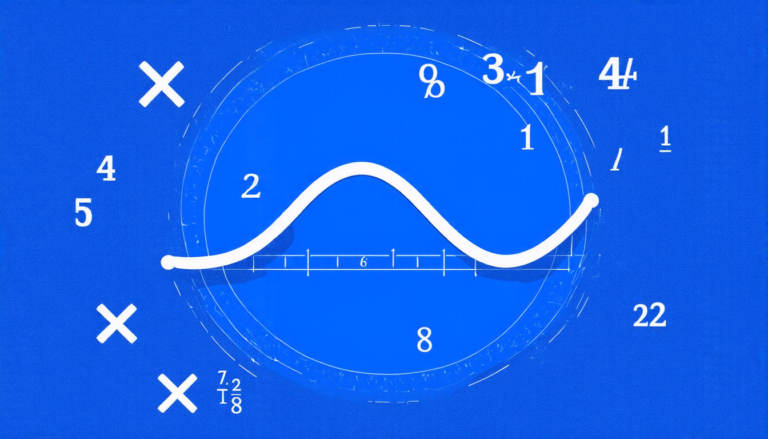Wednesday 16 April 2025
For centuries, mathematicians have been fascinated by the properties of infinite groups, complex structures that can’t be fully understood by simply looking at their individual components. One such group is Thompson’s group T, a mathematical monster that has puzzled experts for decades.
Recently, researchers Martín Gilabert Vio, Cosmas Kravaris, and Eduardo Silva made a significant breakthrough in understanding the behavior of random walks on this group. Random walks are a fundamental concept in mathematics, where a particle moves randomly through space or time, creating a path that can be analyzed to reveal hidden patterns.
The researchers discovered that Thompson’s group T has a unique property – its Poisson boundary is not the circle. The Poisson boundary is a mathematical construct that describes the long-term behavior of random walks on a group. In this case, it turns out that the boundary is actually much more complex and irregular than previously thought.
This finding has far-reaching implications for many areas of mathematics, including probability theory, geometry, and algebra. It also sheds new light on the structure of Thompson’s group T itself, which remains one of the most mysterious and poorly understood groups in mathematics.
Thompson’s group T is a countable subgroup of homeomorphisms of the circle, meaning that it consists of continuous functions that map the circle to itself. Despite its seemingly simple definition, this group has many unusual properties that set it apart from other infinite groups.
One of the most intriguing aspects of Thompson’s group T is its connection to the theory of random walks. Random walks are used to model many real-world phenomena, such as the movement of particles in a gas or the behavior of stock prices on the market. By studying these walks on Thompson’s group T, researchers can gain insights into the underlying structure of this group and its properties.
The research builds upon earlier work by other mathematicians, who have studied random walks on similar groups to understand their behavior. However, the discovery of a non-circular Poisson boundary for Thompson’s group T is a significant departure from these previous findings.
In essence, this breakthrough has opened up new avenues of investigation into the properties of infinite groups and their connections to probability theory and geometry. It also highlights the importance of continued research in mathematics, as even seemingly well-understood concepts can still hold surprising surprises.
Cite this article: “Unlocking the Secrets of Thompsons Group: A Breakthrough in Understanding the Poisson Boundary”, The Science Archive, 2025.
Mathematics, Group Theory, Thompson’S Group T, Random Walks, Poisson Boundary, Probability Theory, Geometry, Algebra, Countable Subgroup, Homeomorphisms







